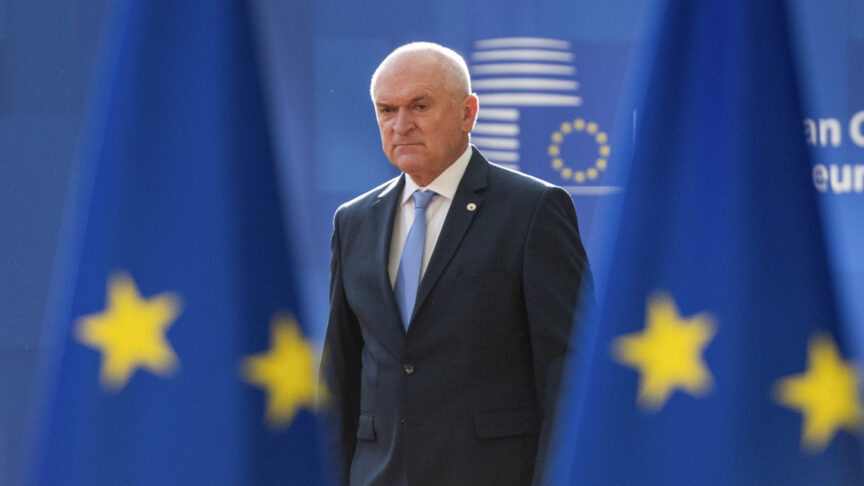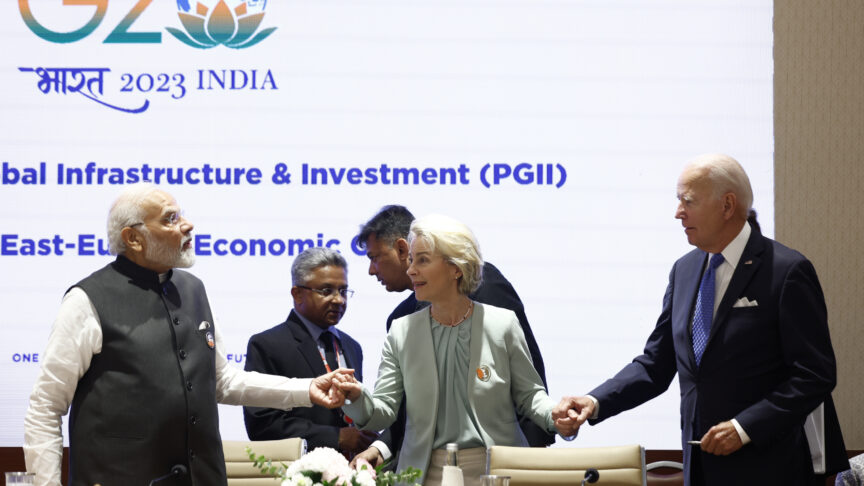Tracking European solidarity during covid-19: Lessons from the first wave
Myths around Europe’s and China’s respective actions early on in the coronavirus crisis are now dispelled – and ECFR’s European Solidarity Tracker tells the story of how
As the pandemic’s second wave engulfs Europe, what can we learn from the first seven months of life under covid-19? From early March to the end of September, the European Council on Foreign Relations tracked European responses to the crisis, collecting a wide range of instances of Europeans showing solidarity with each other across borders. Stories include, for example, the time on 21 March when two French covid-19 patients were taken across the border to a German hospital in Freiburg for treatment; or on 27 June when EU institutions and member states mobilised upward of €5 billion to help guarantee equitable access to coronavirus vaccines, tests, and treatments.
The more than 1,200 items now populating the European Solidarity Tracker paint an impressive picture. In many ways, Europeans have proven that, in the face of crisis, they stand ready to lift each other up. Coupled with institutional reforms, like the rescEU common stockpile of medical supplies, and the EU recovery fund with its unprecedented financial firepower, Europeans are now better prepared as the second wave breaks.
In early March, two narratives dominated the European public discourse on the coronavirus crisis: that the European Union had failed to protect its people from the deadly pathogen; and that China had generously stepped in to fill the gap in leadership. As true as these narratives might have felt back then – amid reports of unilateral border closures across Europe and planes full of masks arriving from China – neither provided a particularly accurate picture of the situation on the ground. For March and April alone, when Europe reported its highest daily death counts, the tracker identifies 83 instances of medical solidarity between EU member states (out of a total of 131 such instances). These include dozens of patient transfers, donations of critical medical supplies and personal protective equipment, and the sending of medical support teams to Europe’s worst-hit regions.
The tracker reveals that by mid-May China had pretty much ceased sending actual donations.
At the same time, China is the world’s leading producer of bulk PPE but, rather than humanitarian donations, most of its deliveries of medical supplies to European countries were, in fact, commercial sales. While these supplies’ importance should not be understated, China’s “wolf warrior” diplomats frequently mischaracterised the nature of the deliveries. The tracker reveals that by mid-May China had pretty much ceased sending actual donations.
Eventually, the European Commission got a grip on the situation. After France, Germany, and some other member states had implemented national export bans on certain medical goods, the commission worked to find a common European solution that would allow urgently needed equipment to make its way to Italy’s suffering northern regions. Beyond this quick(ish) fix, the commission also looked for permanent solutions. By September, for example, six member states had signed up to host strategic stockpiles of medical supplies financed by the EU. Serious thinking is now also taking place about a more strategic approach to European health policy in order to increase preparedness for the next public health crisis – both European publics and policy experts believe the EU should do more on this front.
European citizens may now start to rank health policy higher on their list of concerns, as they have done in recent years with climate policy. Coinciding with widespread protests across the continent since 2018, climate change also climbed from tenth to third place among the priorities identified by policy professionals in ECFR’s EU Coalition Explorer research. With little recent experience of pandemics to drive the issue up the agenda, a common health policy might have received some support but until recently still appeared too nebulous to worry about. And had Europeans succeeded in containing the pandemic after the first wave, attention might have drifted elsewhere. But, as numbers rise once more across the continent, calls for European solidarity will grow again.
Initial signs are promising that Europe can avoid the mistakes and national impulses that plagued its response to the first wave. Member states have agreed arrangements for patient transfers, and the first such transfers are already taking place. European leaders have also declared that they will not resort to border closures again. With rescEU up and running, Europe’s stockpile of medical supplies is now larger than it was in the spring. And as clinicians gained experience fighting the virus over recent months, more patients should survive an infection now, as long as hospitals are not overwhelmed by rapidly rising numbers.
On 30 September, ECFR ended data collection for the European Solidarity Tracker. The last entry to the dataset was Portugal’s plans for its European Council presidency in the first half of 2021. There is no doubt that covid-19 and the question of how to best navigate and overcome the pandemic’s economic repercussions will drive Lisbon’s agenda, as well as those of the European Parliament and European Commission. Some significant hurdles remain for Europeans to clear, such as reaching final agreement on the recovery fund. But their ability to muster solidarity at a time of crisis is now proven.
The European Council on Foreign Relations does not take collective positions. ECFR publications only represent the views of their individual authors.



